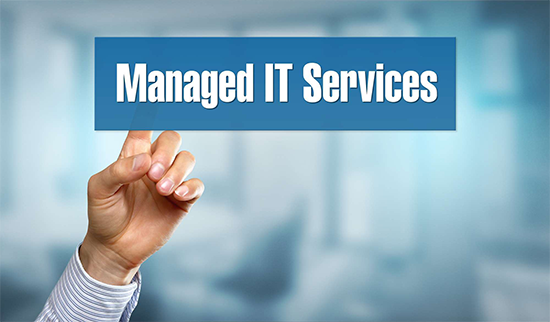Getting on board an MSP IT services provider is a substantial investment for your organization. They provide a risk-free platform that meets core business challenges and bring a significant ROI. But how do you determine if they are a quality-managed service provider? What should you look for?
MSP IT services should be able to transform your IT situation, whether through business processes, workflow automation, or the entire infrastructure, improving your operations.
Here are some ways that will help you gain ROI from your MSP.
Delivers Proactive Approach
Choose an MSP IT services provider that uses a proactive approach when achieving goals. A proactive MSP helps companies meet their objectives by identifying potential issues, prioritizing goals, and creating milestones to confirm effectiveness. They build relationships with key stakeholders and ensure that clear communication is practiced consistently.
Proactive MSPs can provide clients with assistance in the following areas:- Monitor system health and determine areas for improvement
- Enhance, streamline, and extend processes
- Improve performance and insights

If you aren’t sure if the MSP is running proactively, ask them for a roadmap for client development based on their previous work wherein they solved similar problems with other companies. A trustworthy MSP IT service can gauge where your company positions itself in terms of reaching success.
Keep Pace with New Technology
Keeping up with the latest in technology can be challenging especially if you’re not an expert in the field. When you work with a reliable managed IT services provider, on the other hand, you will have access to experts and technically trained engineers, ensuring that your company is equipped with the latest technology and security.
Put in Place Goals and Milestones
MSP IT services establish goals and milestones for organizations so they can track progress and troubleshoot issues along the way. They work consistently with customers to ensure success – discussing their existing technology stack, management priorities, and how these factors position them in the business landscape.
After the MSP IT services have identified the goals of the organization, milestones are put in place to gauge the process and check if the trends show potential poor outcomes. Constant check-ins can help MSP and the company stays on top of their goals. MSPs can also work with clients to re-evaluate goals, address weaknesses, and recommend solutions to problems.
Implement Communication and Collaboration Strategies
The MSP IT services provider and the client should have a clear system in terms of communication and collaboration.
They should be able to understand the organizational map of their clients early on in their partnership. By knowing who the key stakeholders are, the MSPs can decide what methods to take in order to accomplish goals.
They can also reach out to key stakeholders to describe their role as a provider of external technical expertise and shed light on the norms and frequencies of communication.
Setting up the norms of communication and collaboration is important to achieve a good ROI from an MSP. The best practice is to schedule regular meetings with key stakeholders to drive progress and ensure everything is going smoothly.
Secures Business Data
Cyber-attacks pose a real threat to companies. These could potentially result in the company having to pay large fines and fix irreparable brand damage. MSP IT services can provide assurance that they understand the issue and have the necessary capabilities in place to mitigate risks.
MSPs offer a multitude of preventive and detective solutions to secure data and IT infrastructure. This includes firewall, antivirus, vulnerability scans, data encryption, whitelisting protection, and regulation compliance, among others.
Spend Time Wisely
Working with an MSP requires careful time management because services are purchased in predetermined time blocks. To make the most of this period, organizations and MSPs should prepare each month's strategy ahead of time, whether it's allocating hours spent against specific goals or establishing the transparency of various stakeholders. Selecting a staff member or small group of people to communicate with the MSP would also help teams ensure that time is spent on high-priority tasks.
With a positive approach from the outset of an MSP engagement, project delays can be avoided. Changing goals and unforeseen events, which are beyond the MSP's or organization’s control, can impede the progress toward the achievement of business goals.
Conclusion
Organizations can increase the value of an MSP partnership by choosing a provider that takes a proactive approach. MSPs should be able to collaborate effectively with internal teams, make valuable suggestions that get results, fill technical gaps, and maintain the momentum of optimal performance.
Companies can get the most out of MSP IT services like ITarian by harnessing their abilities as both technological tools and agents of change, and establishing the right conditions for success.